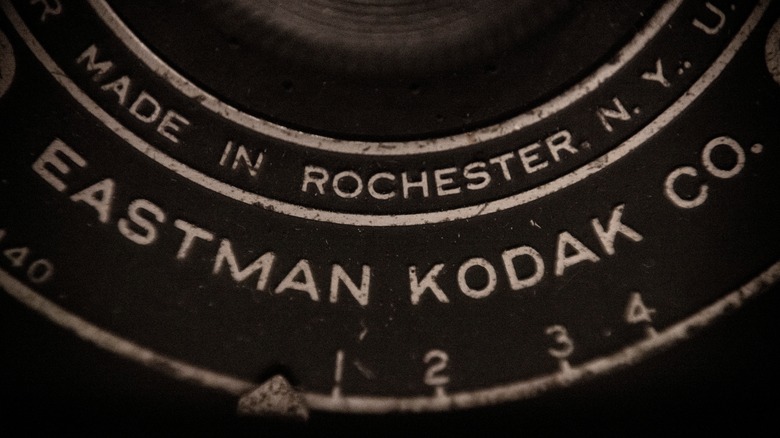The Investment Mistake That Seems Good On Paper But Could Cost You
Buying stocks can sometimes feel like rooting for your favorite team. After a few good runs, you get attached, celebrate every gain, and maybe, ignore red flags or miss the time to sell a stock. This kind of emotional decision-making can lead you to hold on to a stock that's no longer doing well, just because it used to perform. It is a form of sunk-cost thinking; keeping your money tied to the past instead of moving it toward something with better potential. In short, getting attached to the company's you invest in is a bad idea.
The SEC's Office of Investor Education & Advocacy explained this in a 2013 bulletin called "Behavioral Patterns of U.S. Investors." It points to research showing a common habit; many investors hold on to losing stocks too long and sell winning ones too early. This pattern, known as the disposition effect, can hurt long-term returns. The message is simple; stocks are meant to be tools, not trophies. If a company's profits drop or a competitor takes the lead, the smart move is to let go, just like you'd replace any tool that stops doing its job. You will also make a more informed decision if you know what controls the price of stocks.
Real world examples; how costly can it be?
Kodak and Bed Bath & Beyond are two instances where holding a failing stock didn't pay off. In 1996, Eastman Kodak's Consumer Imaging division brought in $7.66 billion from film, photo paper, and disposable cameras and in early 1997, Kodak's stock reached $94. But the company didn't take digital photography seriously. After 2000, film sales started to drop, and by 2011, consolidated net sales had fallen to $6.02 billion, and its stock was trading for less than a dollar. The company's 2012 annual report shows it started that year with a share price of 82 cents but it fell to 23 cents before it filed for bankruptcy on January 19, 2012. Over 15 years, investors who held on lost about 99.8% of their money.
Bed Bath & Beyond followed a familiar arc. On August 29, 2015, it's stock had a market value of about $9.9 billion, based on 163 million shares and $61 per share. By the quarter ending November 26, 2022, sales had dropped 33% compared to the year before, falling to $1.26 billion. With debt coming due, Bed Bath & Beyond filed for bankruptcy on April 23, 2023, joining the list of retail chains that have filed for bankruptcy. The court later approved a plan that canceled all common stock, meaning shareholders got nothing. Anyone who held through the bankruptcy lost nearly all of their money.
How to keep affection from draining your portfolio
Some stock trading apps have a button for placing a stop order, which lets you set a price below the current market price. When the stock hits that number, the app places a sell order at the next available price. This helps you exit quickly during a drop. Because it turns into a market order, the final sale price might end up slightly higher or lower than your set trigger, especially during fast trading. Some people use a stop-limit order instead, which adds a minimum price they're willing to accept. The U.S. SEC warns that stop orders don't always fill exactly at your trigger price, and different apps use different systems to track when that price is hit. So always read how your app handles stop orders before depending on it.
You should also use the quarterly updates that companies already provide. Public companies in the U.S. must file a Form 10-Q within 40 days for large accelerated and accelerated filers and 45 days for all other issuers after each quarter ends. This report includes updated financial numbers and management's comments. Morningstar recommends using these updates as a regular check-in on the basics. After reading the 10-Q, ask yourself; is the company growing? Is debt increasing? Does this stock earn its place in your portfolio? If the answers raise concerns, reduce how much you own. Also, note that no single stock should be more than 5% of your total holdings.


